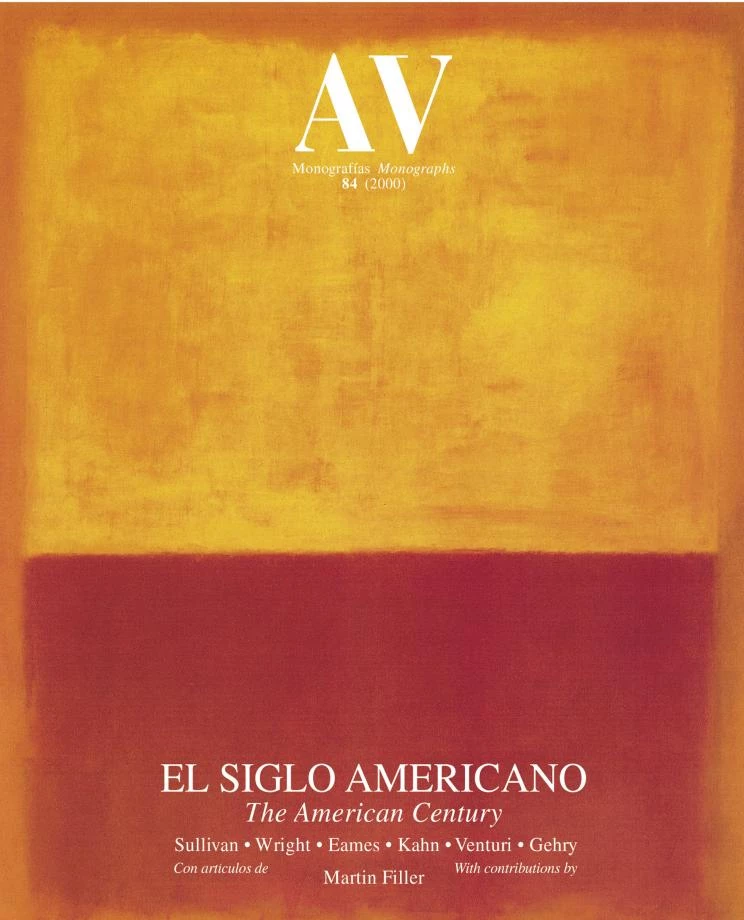
The 20th century is already yestercentury. That much was already expressed by a 1901 compilation of articles by the Spanish writer Leopoldo Alas, ‘Clarín’, and under the same title we present here a collection of pieces by the New York critic and historian Martin Filler which sum up what has been the American Century through six of its architects. The multifaceted diversity of a period that has at its close yielded bittersweet assessments is simplified by focusing on a single country, which in turn is apocopated through the six faces of a biographical hexahedron. A bit in the manner of the recently deceased Saul Steinberg, a brilliant Rumanian who chose the United States as a place of residence and as a theme, the labyrinthian reality of the century can be abbreviated with the clear-cut elegance of a line tracing the edges of a cube; and in such a random and necessary dice are compressed the conflicts and hopes of a time neatly sectioned by the planes of six individual careers.
For a more compact picture, Filler has added a prologue that braids together the six biographies while explaining some exclusions. How not - for instance -begin the story with Richardson, canonical foundation of Sullivan and Wright? But how to open with someone who died 24 years before the century started? If the Eameses are present, why not the Californian Viennese, Schindler and Neutra, or the inventive spirit of Fuller?How to explain the reaction of Kahn and Venturi in Philadelphia without taking stock of the hierarchy of the Mies of Chicago or the influence exerted by Johnson from the MoMA? Could perhaps Saarinen’s early death or Eisenman’s late coming-of-age have deprived them of the enormous recognition enjoyed today by Gehry?The questions bunch up together like cherries in a basket. What follows, however, is not a group portrait, but rather a grouping of individual portraits which attempt to trace the territory of architecture with a spirit more in tune with the American pioneers than with European collectives.
If the newly terminated 1900s can be described as the American Century, it is not only because the economic and technological strength of the United States has wielded its political and military power over the entire planet; it is also because the USA’s model of democratic mass consumerism has colonized the world with its cultural and symbolic patterns, giving rise to that two-edged process some call globalization and others describe more accurately as Americanization: a historical mutation hinged on that muscular individualism of which the artistic lives presented in this monograph are probably just a metonymic expression. The American Century can be yestercentury; but its values will surely determine the physical and mental landscape of the century at whose threshold we, the inhabitants of a homogenized planet, stand with precaution, wary and expectant at the same time.





